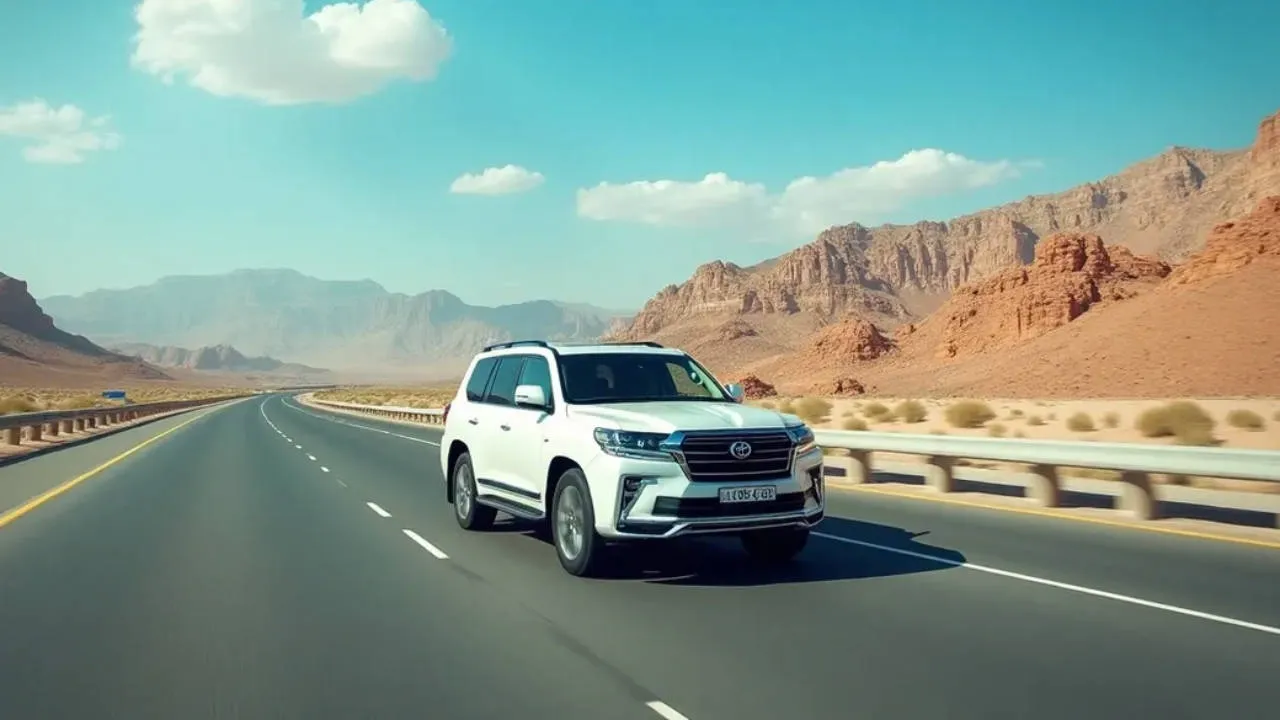Get To Know Your Car Better: A Detailed Guide To Automotive Terms — Brake Electronics

A car’s brake system consists of several electronic and mechanical components that work together to slow down and stop the vehicle safely. While the primary function of a brake system is mechanical, modern cars incorporate various electronic components to enhance braking performance, safety, and control.
Before we jump into the mystical world of electronics in a car braking system, here is our previous guide that discusses all the hardware components required for a braking system. Now that we got this sorted, let’s get to the electronics. Here are the key electronic components in a typical car brake system:
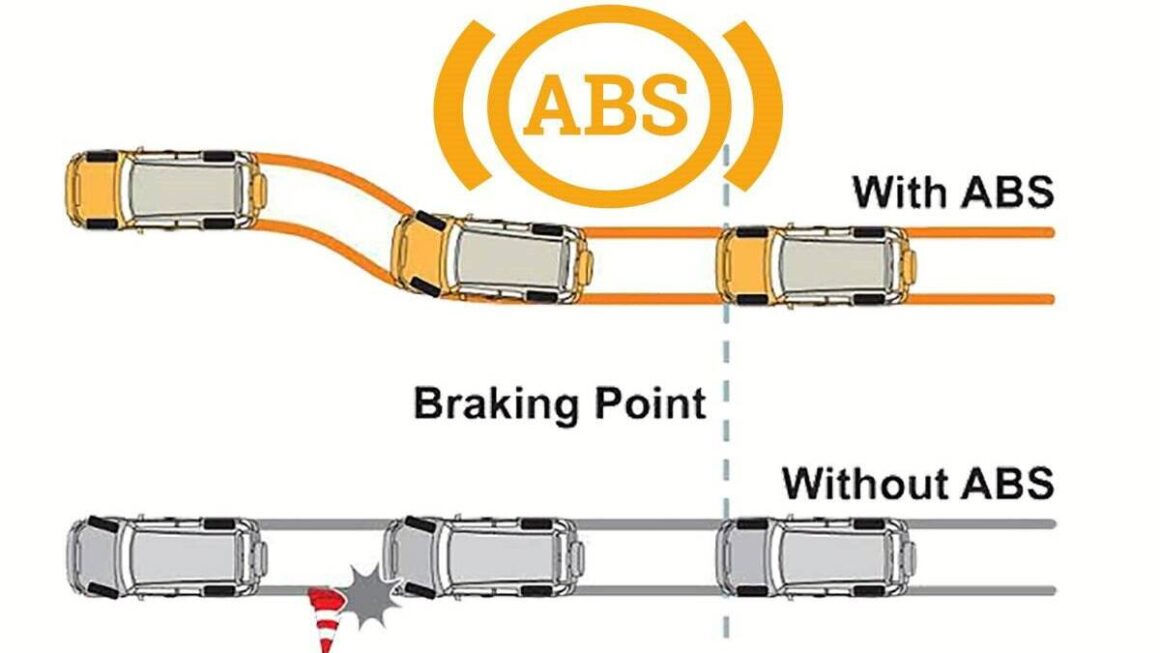
Anti-lock Braking System (ABS)
An Anti-lock Braking System, commonly known as ABS, is a crucial safety feature in modern cars. ABS prevents the wheels from locking up during hard braking, allowing the driver to maintain control and steer the vehicle. It achieves this by rapidly modulating the brake pressure on each wheel. ABS enhances safety on slippery roads and during emergency stops. However, the system will not always result in reducing the braking distance. That is a discussion for another time!

Electronic Brakeforce Distribution (EBD)
Electronic Brakeforce Distribution (EBD), is a technology that complements ABS. It adjusts the distribution of braking force between the front and rear wheels, ensuring optimal stopping power and stability. EBD considers various factors, such as vehicle load and road conditions, to provide effective and balanced braking.

Traction Control System (TCS)
The Traction Control System (TCS) prevents wheel spin during acceleration by monitoring wheel speed. When it detects excessive wheel spin, it reduces engine power or applies the brakes on the slipping wheels to regain traction. TCS is especially valuable in adverse weather conditions or when driving on slippery surfaces.
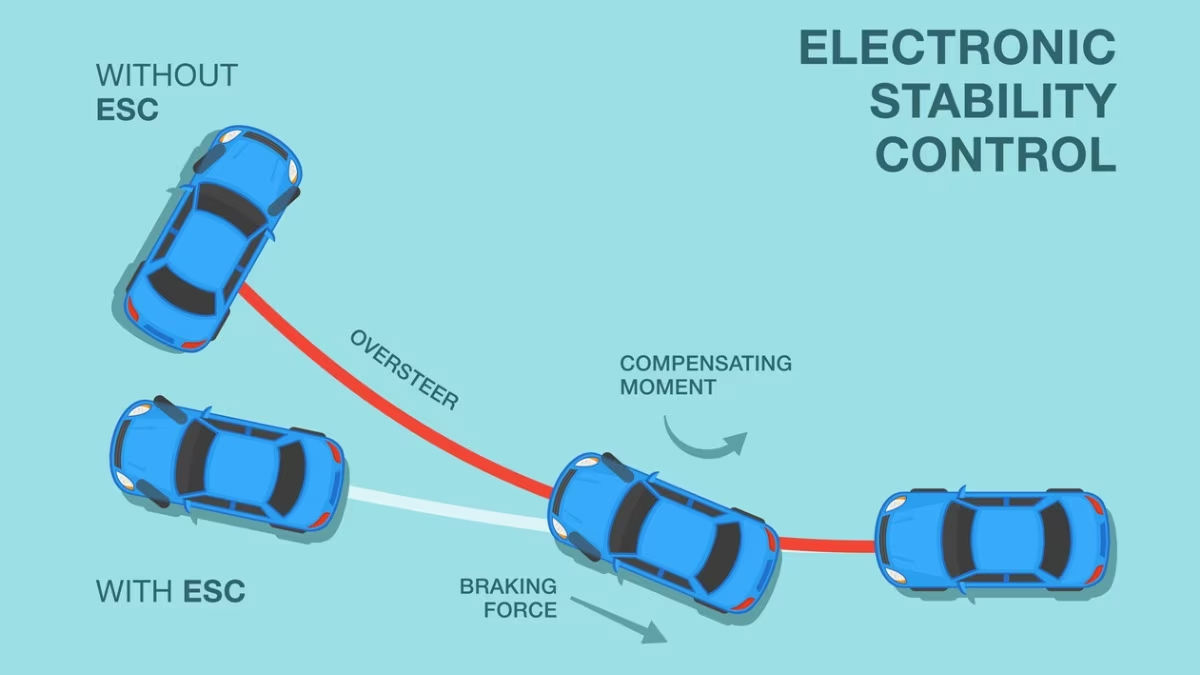
Electronic Stability Control (ESC)/Vehicle Stability Control (VSC)/Dynamic Stability Control (DSC)
The system helps drivers maintain control during cornering or evasive manoeuvres. It applies brakes to individual wheels and adjusts engine power to counteract skidding or oversteering, ensuring the vehicle remains stable.
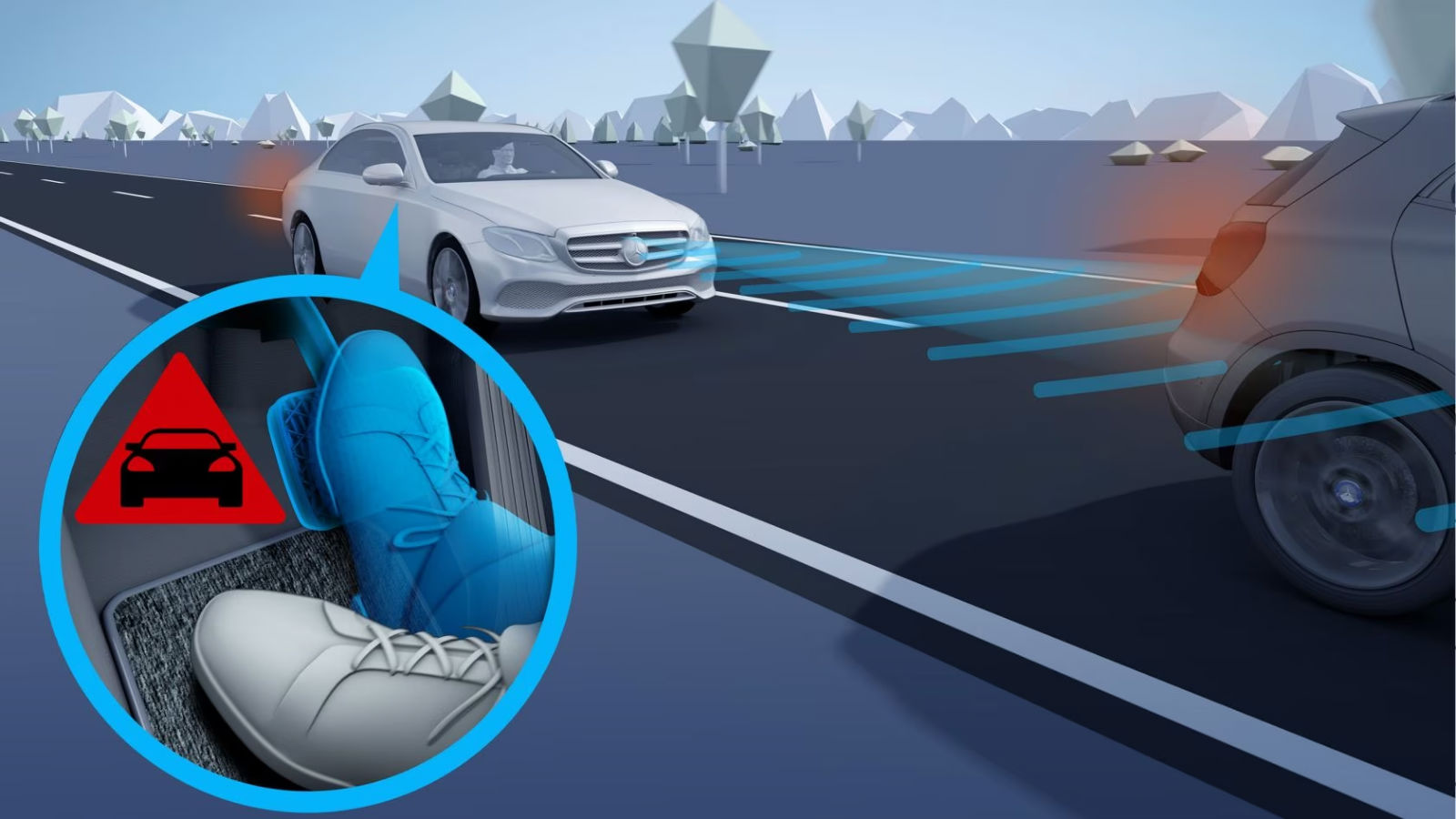
Brake Assist (BA)
Brake Assist (BA) detects rapid brake pedal application during emergencies and provides maximum braking force. It helps reduce stopping distances in critical moments when the driver might not apply enough force to the brake pedal.
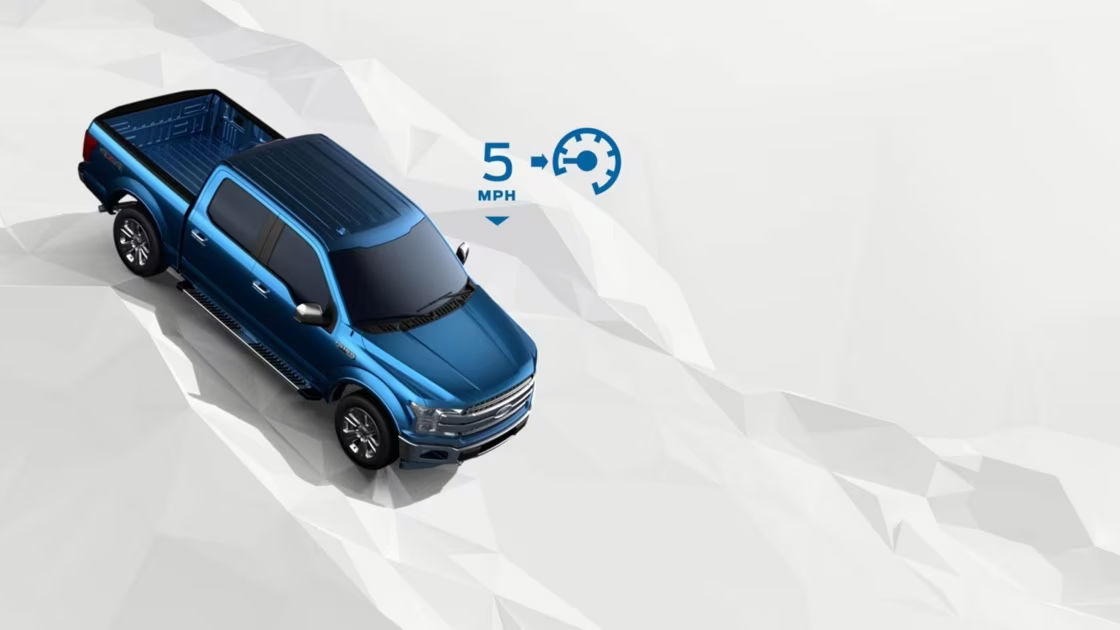
Hill Descent Control (HDC)
Hill Descent Control (HDC) assists drivers when descending steep slopes. It automatically controls the vehicle’s speed on downhill gradients, allowing the driver to focus on steering, rather than managing the brakes. HDC enhances safety and control during off-road and mountainous driving. Works similar to the traction control, but at lower speeds.

Brake Locking Differentials
Brake locking differentials, commonly known as “brake diffs,” are essential off-road and 4WD features. These systems mimic locked differentials by using brakes to redirect power when wheels lose traction. By preventing wheel spin and redistributing torque to the wheels with grip, they enhance traction in challenging terrains like mud, snow, or rocky surfaces. While valuable for maintaining forward momentum and stability off-road, it’s crucial to use them judiciously to avoid excessive wear on the braking system. Brake diffs are a go-to tool for off-road and adventure enthusiasts.

Electric Parking Brake (EPB)
The Electric Parking Brake (EPB) replaces the traditional handbrake lever with a button or switch. It electronically activates the parking brake, ensuring consistent and reliable engagement. EPB can also offer additional features like auto-release when setting off.

Brake-by-Wire Systems
Brake-by-wire systems use electronic signals to transmit braking commands instead of traditional mechanical or hydraulic linkages. These systems enable more precise control and integration with advanced safety features like regenerative braking and autonomous driving.

Auto Hold
Auto Hold is a convenience feature that maintains brake pressure when the vehicle is stationary, such as at traffic lights. It eliminates the need to keep your foot on the brake pedal, enhancing comfort and reducing fatigue in stop-and-go traffic.
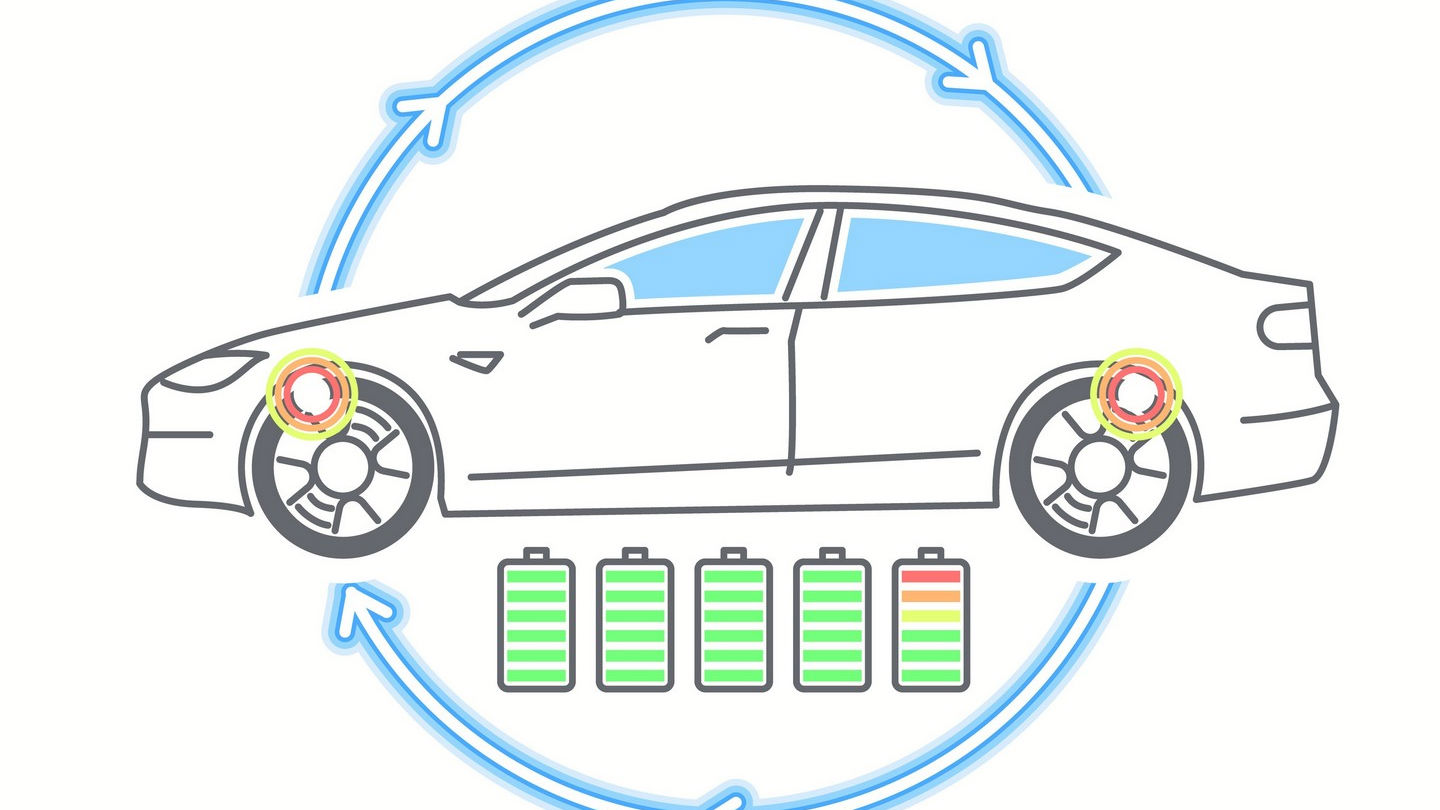
Brake Regeneration
Brake Regeneration is a technology commonly found in hybrid and electric vehicles. It captures and converts energy during braking back into electrical energy to recharge the vehicle’s battery, increasing overall efficiency.
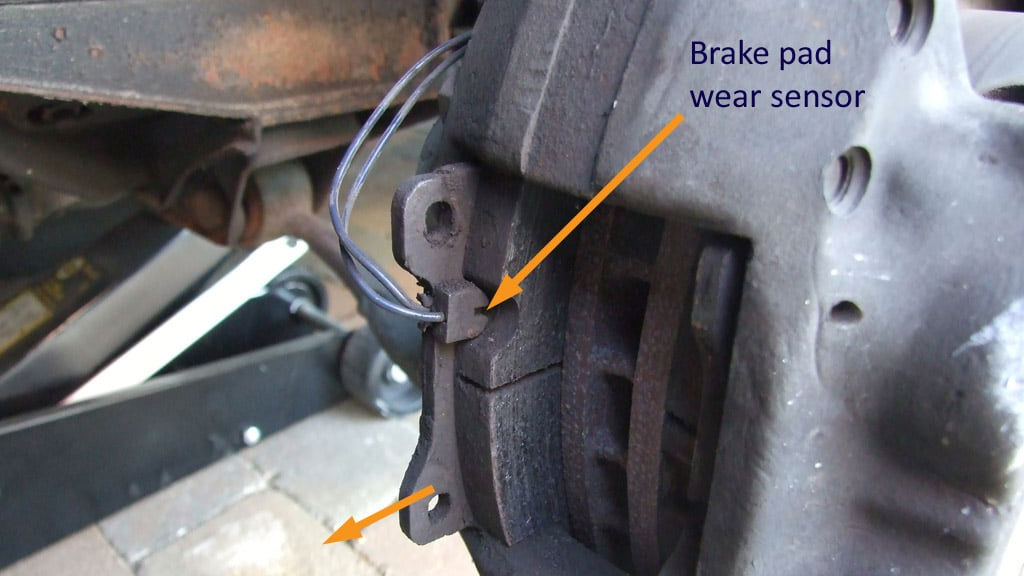
Brake Wear Sensors
Brake Wear Sensors monitor the condition of brake pads. When the pads wear down to a certain level, these sensors alert the driver, indicating that it’s time to replace the brake pads to maintain braking performance and safety.

Brake Fluid Level Sensors
Brake Fluid Level Sensors monitor the level of brake fluid in the master cylinder reservoir. A low brake fluid level can indicate a potential brake system problem, and the sensor triggers a warning to ensure the system is properly maintained.
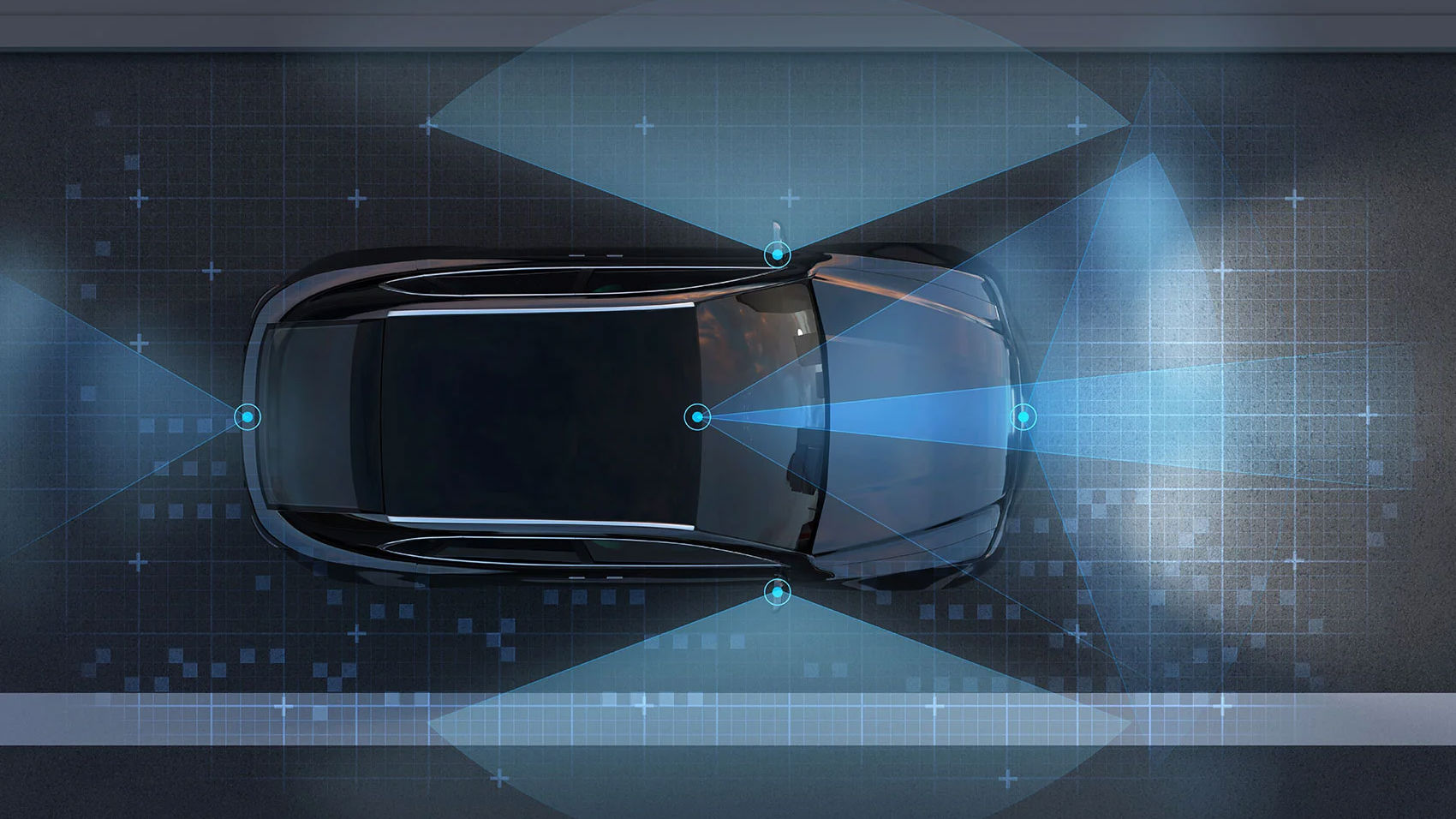
ADAS Braking Systems
Advanced Driver Assistance Systems (ADAS) include a range of features related to braking, such as adaptive cruise control, autonomous emergency braking, and lane-keeping assistance. These systems use sensors and cameras to assist the driver in various driving scenarios, enhancing safety and convenience.
These are all the electronics that are involved in the braking system of a car. Most of them are necessary for crash avoidance systems, while some are just nice to have to make your life easy behind the wheel.

Like the guide? We have more of them posted on our blog with in-depth information on automotive terms. We will be posting detailed blogs on other components of a car. Keep an eye out for more such guides on the DubiCars Blog. Also here is a beginner’s guide that will help you understand the basic car terminologies.
Looking to buy a car? Here are used cars for sale in the UAE and new cars for sale in the UAE.



